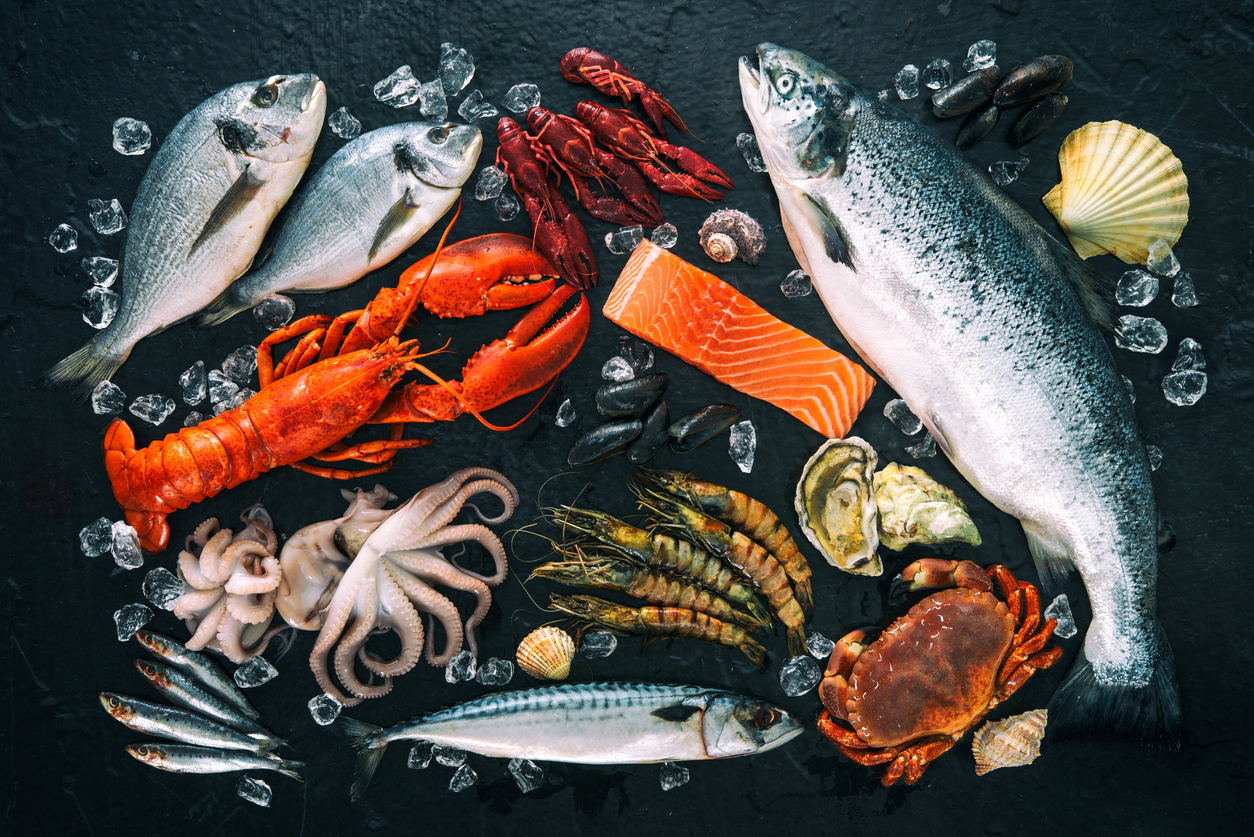Seafood
 Seafood can have different types of toxins, that occur naturally in fish, which can be hard to identify.
Seafood can have different types of toxins, that occur naturally in fish, which can be hard to identify.
Always purchase seafood from a reputable seller. The fish should have clear unsunken eyes and firm flesh and it should be kept refrigerated until use.
Some of the more common types of food poisoning or issues with fish include:
- Ciguatera fish poisoning can result from eating warm water ocean finfish that carry ciguatera poison (a toxin). Ciguatera toxin does not affect the appearance, odour or taste of fish, no matter how much is present. Processes like cooking and freezing will not destroy it and there is no known culinary method that can remove it from a fish.
- Scombroid (histamine) food poisoning can occur when fish such as tuna, mackerel, bonito, sardines, marlin and butterfly kingfish are not chilled and stored properly and the flesh of the fish starts to decompose.
- Escolar and oilfish fish have been found responsible for a number of food poisoning outbreaks involving a type of oily diarrhoea, called keriorrhoea. This is caused by an indigestible oil contained in these fish.
- Shellfish can also carry naturally occurring toxins that can cause poisoning in humans.
- Seafood substitution—this can deceive and mislead consumers—what they receive may be different to what was requested. Seafood substitution can also pose a significant risk to public health and safety, due to the inability to trace the product sold, in the event of an urgent food recall. It is an offence to provide a false description of food.
The Australian Standard Fish Name List includes names of fish, crustacean and shellfish.
The following food safety warnings and advice apply to seafood:
- Escolar and oil fish
- Mercury in fish
- Naturally occurring seafood toxins
- Scombroid (histamine) food poisoning
Report a food safety issue
If you have a concern about a food product or a food business, you can use our online form to make a food safety complaint. If you would like to speak directly with the agency responsible for monitoring and enforcing food laws, see roles and responsibilities.


